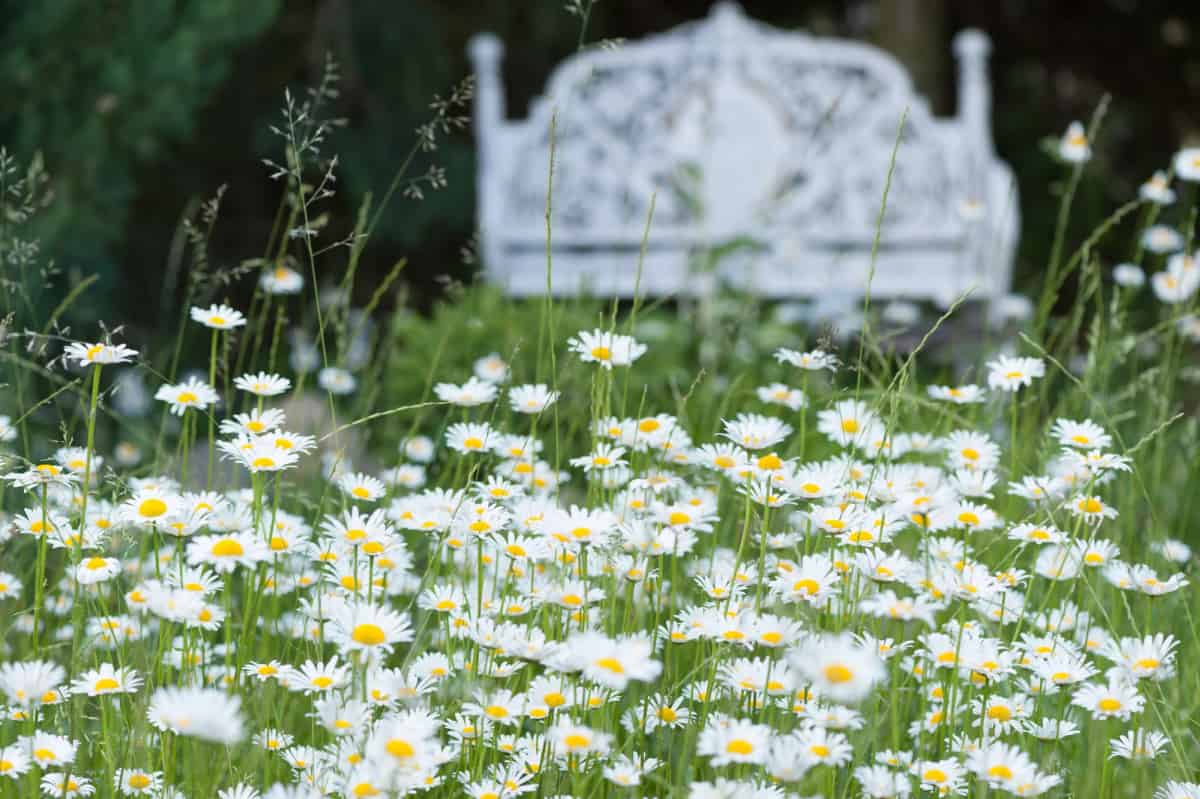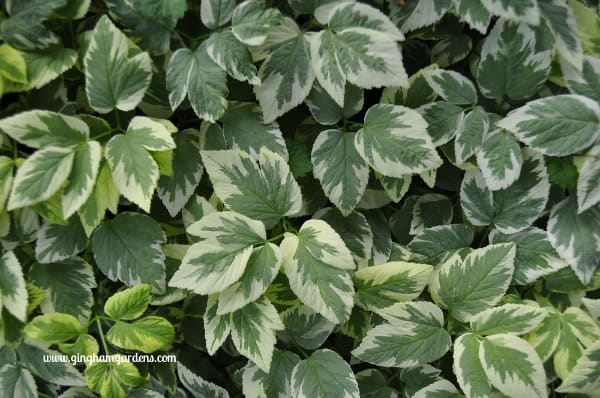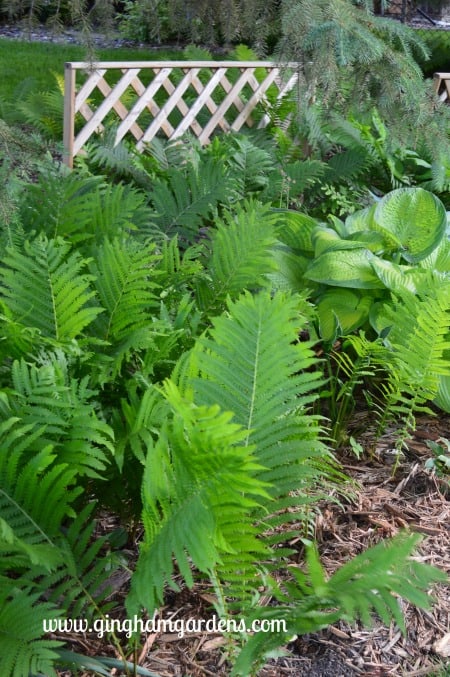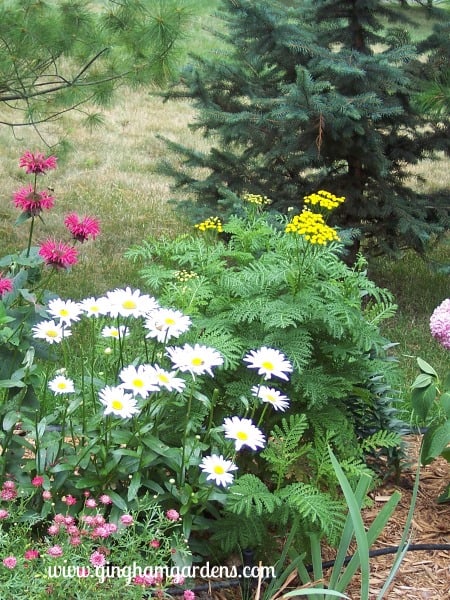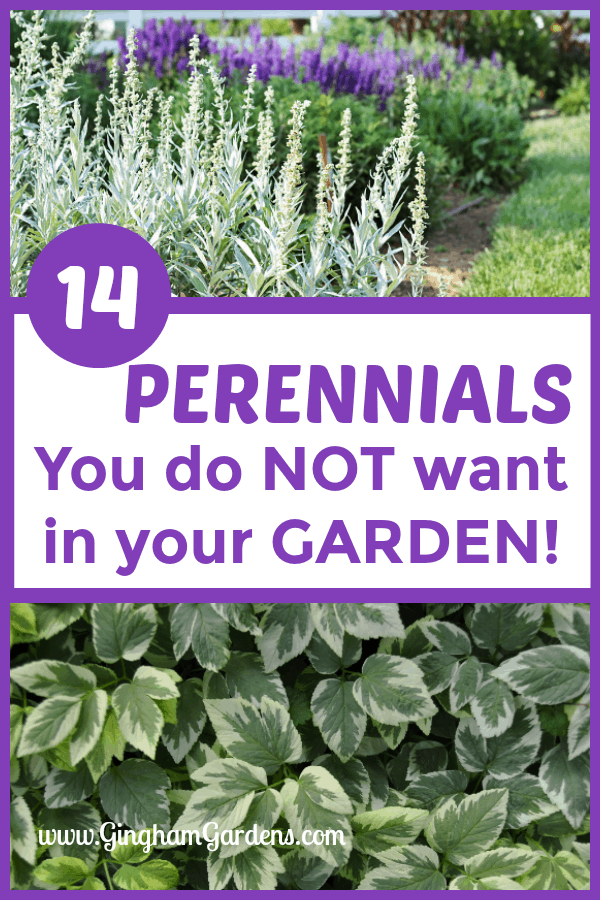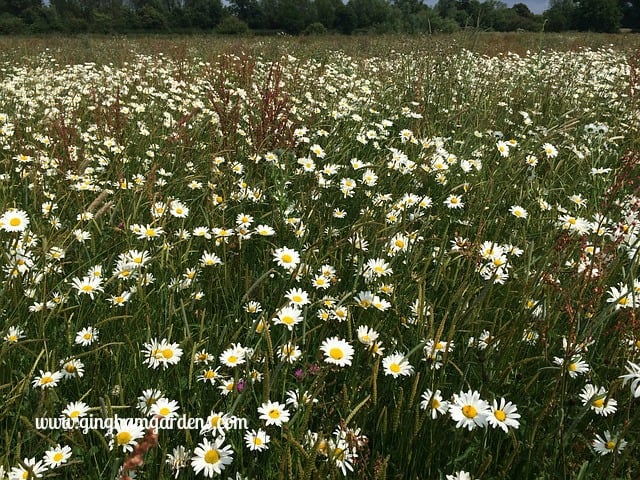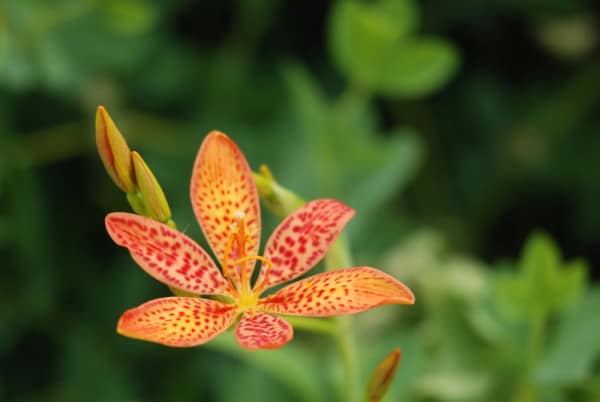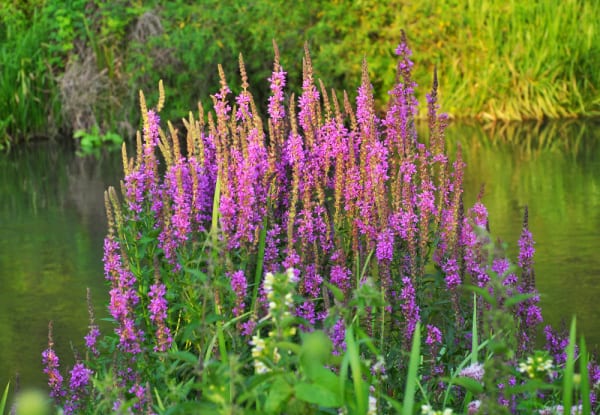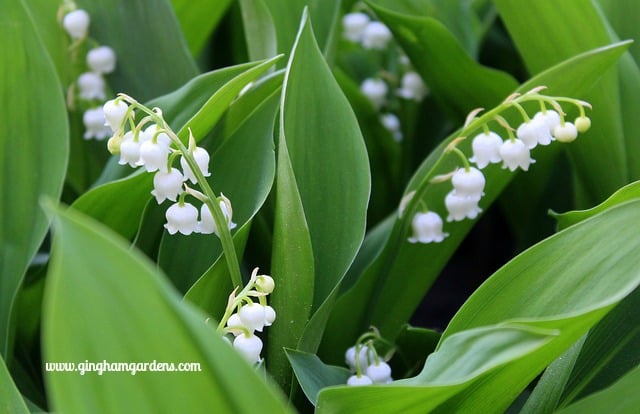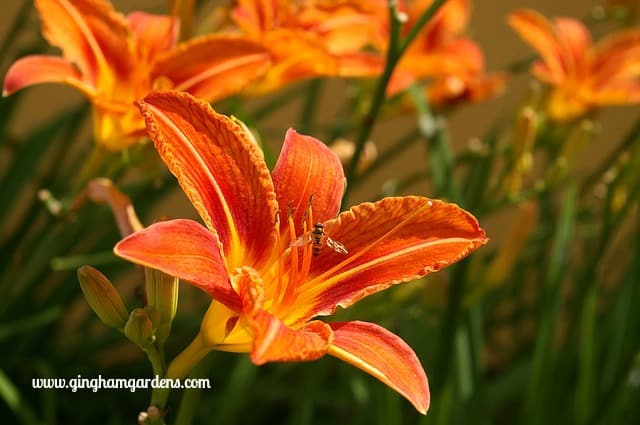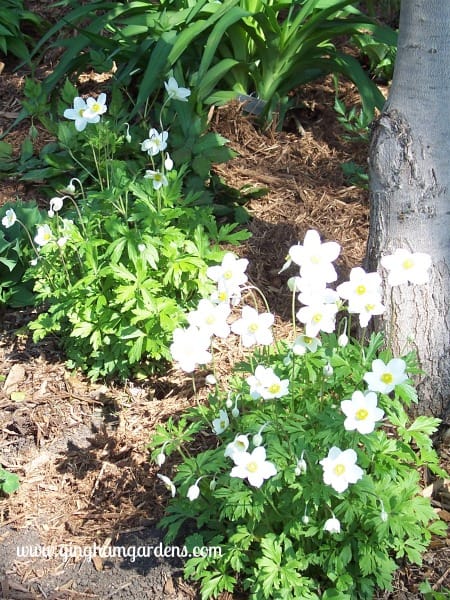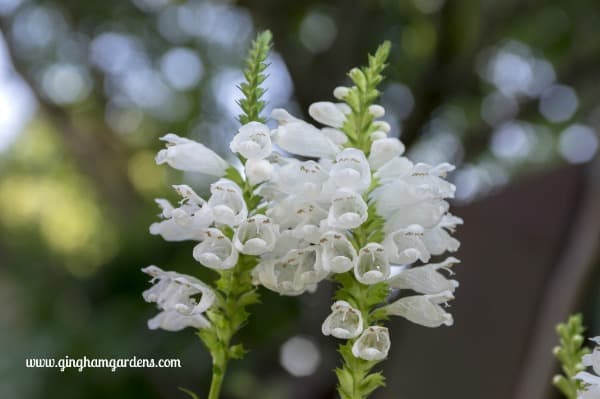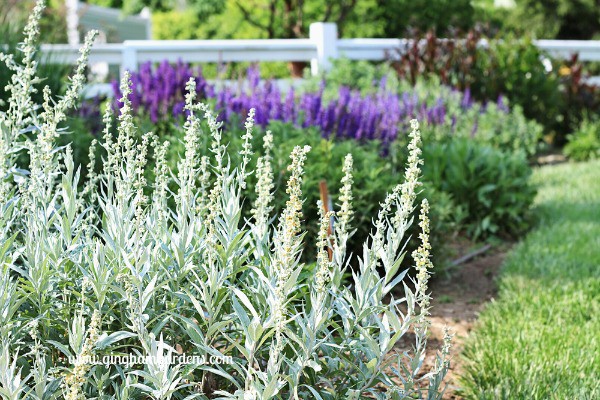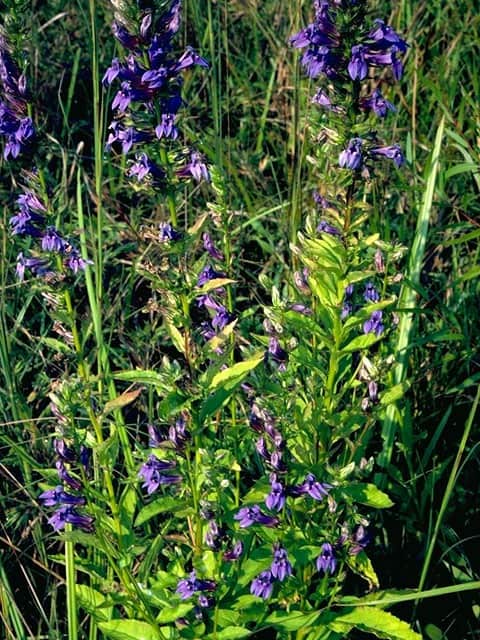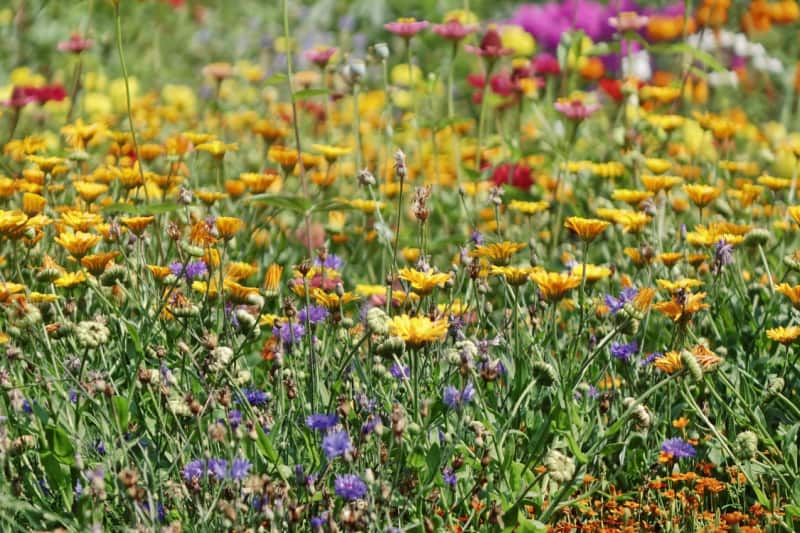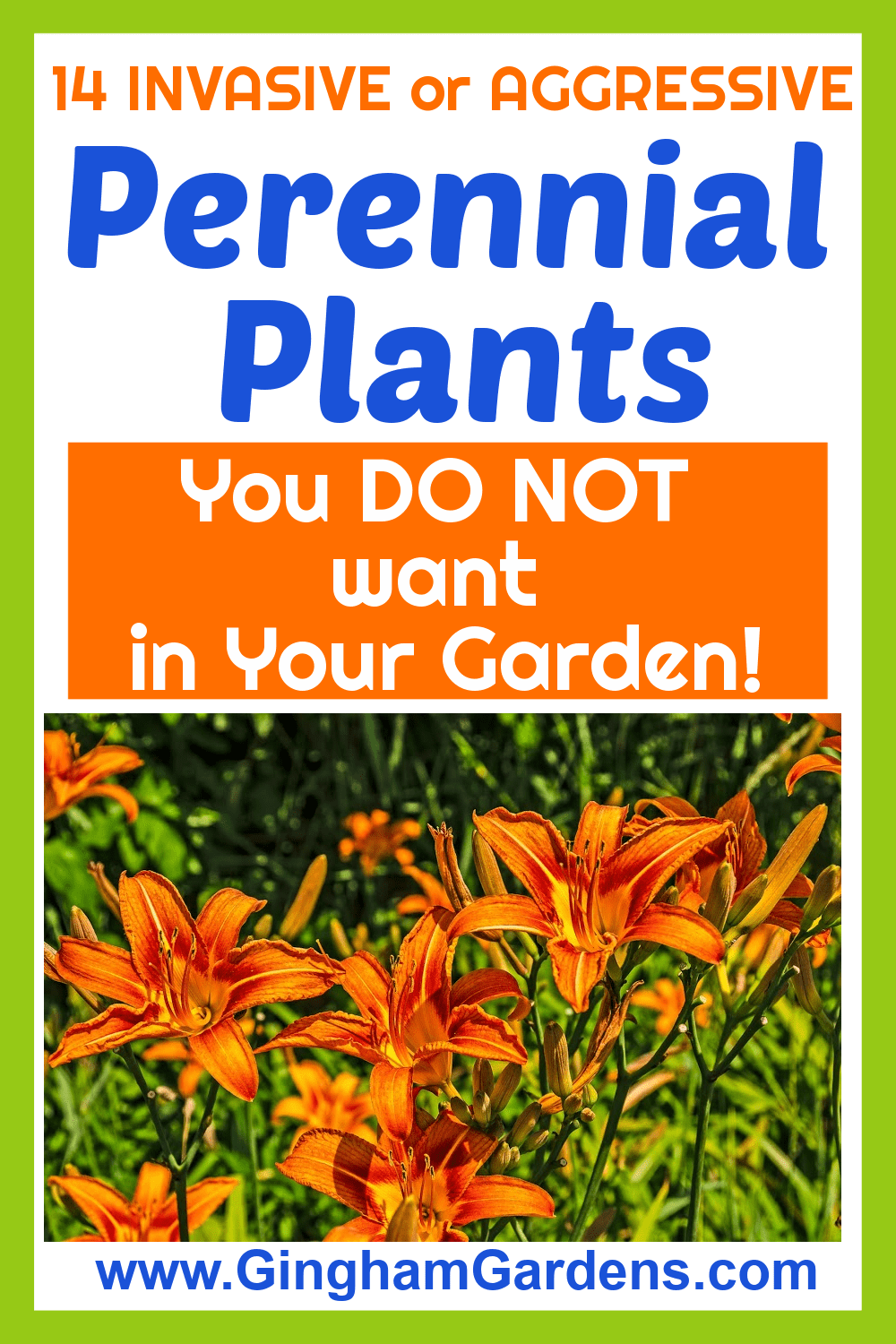14 Plants Not to Grow In Your Garden (Even If They Are Free)
Many years ago when I first started dabbling in perennial gardening for myself, I was always on the lookout for free perennial plants and people were always willing to give away their extras once they knew I would take them. Talk about gullible!!! There’s a reason why people give plants away. Please learn from my mistakes (yes that’s plural, I wasn’t a fast learner) and don’t make space in your garden for these 14 Plants Not to Grow In Your Garden, even if they are free and even if you have lots of space to fill like I did.
How did these plants make my list? These are plants that I’ve had experience with or my gardening friends have had experience with. Some are considered invasive or aggressive spreaders and some just take up a lot of space when there are more attractive perennials that could be living in your garden instead.
Just a little disclaimer here. We have lots and lots of readers from gardening zones 3 through 10 here at Gingham Gardens. Pretty cool, right? What is considered invasive, aggressive or a vigorous spreader here in my zone 4b/5a garden is not necessarily so in your gardening zone.
See my advice at the end of the post on how to determine the plants you don’t want in your gardens. Be sure to read through the comments section at the end of the post where readers have listed their nuisance garden plants and plants they wish they had never added to their gardens.
This post contains affiliate links. If you click on
one of the links and make a purchase,
I may receive a small commission at no additional cost to you.
See full disclosure here.
Let’s talk about a few definitions before we begin. Definitions for the terms invasive and aggressive are somewhat intertwined. For purposes of this post, invasive means: “tending to spread prolifically and undesirably or harmfully” taken straight from the Oxford Dictionary.
Aggressive means: a plant that spreads faster than preferred, or into an area of your garden where it’s not wanted (paraphrased from Chicago Botanic Garden website). DNR websites for states have their own definition of what invasive plants and aggressive plants mean.
Native purists will get upset when I refer to some native species as being invasive or aggressive. Again, plants grow differently in different soils and climates. I’m simply referring to my experience.
Plants Not to Grow in Your Garden – Invasive Perennials to Avoid
Snow-on-the-Mountain (aegopodium podagraria) – a/k/a Bishop’s Weed or Gout Weed – Hands Down this plant wins first prize of the Worst Plants to Grow In Your Yard!
Ugh, I came to hate this stuff. I know hate is a pretty strong emotion when we’re talking about plants, but if you’ve ever tried to eradicate this “noxious weed” from your garden, you know exactly what I mean. When someone offered me some, I thought, what a pretty ground cover with its variegated leaves and tiny white flowers. Ground cover indeed and it also covered everything in its path.
Snow-on-the-Mountain is so invasive and its root system consists of underground runners that will take over a small garden in one growing season. I worked for probably 3 growing seasons eradicating it from my shade garden. Do not let this beauty fool you.
Ostrich Ferns (matteuccia struthiopteris)- I know Ostrich Ferns are gorgeous and oh, those cute little fronds in early spring. And, yes I know they are considered native plants in some regions. But, heed my warning – they will take over! They especially love moist soil.
Ostrich Fern is another plant that spreads by underground runners and is one of those plants not to grow in your shade garden. If you have a damp wooded area where nothing else will grow and you’re never going to plant anything else there, perhaps Ostrich Ferns would be okay. But, proceed with caution! For other shady areas where you would like ferns, try Maidenhair Fern or Japanese Painted Fern.
Tansy (tanacetum vulgare) – is a perennial flowering herb that has a spicy kind of scent and is said to ward off mosquitoes. Long ago it was used for medicinal purposes.
It has ferny type foliage that looks great all summer and the cutest little bright yellow flowers. Don’t be deceived by my charming description. In addition to being invasive, the oils in tansy are highly toxic so be sure to wear gloves when handling it.
Years ago I just couldn’t resist when someone in our garden club was giving it away. It thrived in my full sun garden and spread into the grass and encroached on neighboring plants. What a mess and another pain plant to get rid of.
Honestly, I look at the picture below and think what a pretty plant and it looks so good with the Shasta daisies, I want some. Fight that urge, you crazy woman!
Save this Pin to One of Your Gardening Boards on Pinterest for Future Reference.
Ox-eye Daisies (chrysanthemum leucanthemum)- such a pretty little daisy that can easily be mistaken for shasta daisies (chrysanthemum x superbum).
Ox-eye daisies are weeds. Sorry, they’re not, they’re wildflowers that look pretty on roadsides and ditches right where they belong. They do not belong in a home garden flower bed, because they will take over. If someone offers you some cute little Ox-eye Daisies, simply say, “no thank-you.” Check your state’s DNR website, ox-eye daisies are considered invasive in many states.
Creeping Bellflower (campanula rapunculoides) –
There are many, many varieties of campanula and lots of them are very well-behaved. Creeping Bellflower is not one of them and is listed in many regions as an invasive species. It is like the thug of a perennial garden. It has pretty little bell shaped, purple flowers and that’s why many gardeners are fooled by it.
I inherited some Creeping Bellflower with our current home and I cannot get rid of it. I even went so far as to dig up the entire small area where it was growing and by the end of summer, it was back. It has an evil long tap root that breaks off with a sneeze. I’m stubborn though, so I’ll keep at it.
Other varieties of campanula are quite aggressive too, so just be careful and do your research before you purchase campanula.
There are many, many varieties of campanula and lots of them are very well behaved. Creeping Bellflower is not one of them. It is like the thug of a flower garden.
I inherited some Creeping Bellflower with our current home and I cannot get rid of it. I even went so far as to dig up the entire small area where it was growing and by the end of summer it was back and even growing into the lawn. They have this evil long tap root that breaks off with a sneeze. I’m stubborn though, so I’ll keep at it.
There are other varieties of campanula that are quite aggressive too, so just be careful and do your research before you purchase campanula.
Ribbon Grass (phalaris arundinacea ‘Picta’) – Oh, how I loved this variegated ornamental grass when I first saw it in my friend’s garden. She told me it was naughty, but I had to have it anyway. I had to work to keep it contained.
Please take a look at how well-behaved it looks in the picture below. Sorry, it is an illusion! When we moved to our current home, there was tons of ribbon grass and I set out right away to get rid of every last blade of it. This one is listed as invasive in some areas.
Blackberry Lily (Belamcanda chinensis) – Ugh, definitely not a favorite of mine. When we moved into our current home, there were blackberry lily plants everywhere! I dug so much of this stuff out and I’m still dealing with it popping up several years later.
I think this is another flowering plant that just takes up so much space and doesn’t bloom long enough to be worth the effort of trying to clean up after it. The blooms are interesting, but mostly just meh. Again, there are so many other perennials that are prettier and bloom longer. They spread by seeds and are invasive in many areas of the US.
Purple Loosestrife (Lythrum salicaria) – not to be confused with gooseneck loosestrife because they are in completely different families. Purple loosestrife is a beautiful plant with long plumes or spikes of small purple flowers that thrives in wet soil. I’m adding this one because every summer when this plant is blooming along ponds and drainage ditches, I see unsuspecting gardeners in Facebook gardening groups wanting to know what it is, so they can dig it up and add it to their gardens. Just don’t! Not that we’re the gardening police here, but it’s illegal in many states to transplant invasive species.
Perennials Not to Grow in Your Garden – Plants That Are Aggressive
These perennials are not necessarily invasive, but they are definitely aggressive, and most gardeners would be better off not bothering with them.
Lily-of-the-Valley (Convallaria majalis) – The flowers on lily of the valley are so sweet and their fragrance is heady. I love to pick bouquets of them and bring them indoors. That being said, if they weren’t already in my gardens from the previous owners, I would not add them.
Lily-of-the-Valley bloom for such a short time, that I don’t think they are worth their trouble. They have an invasive nature and do not stay where you put them despite efforts to contain them. Don’t be swayed by this picture, or their fragrance – stay strong!
Common Orange Ditch Lilies (hemerocallis vulva) – I think these are my least favorite flowers. Now, wait a minute, I don’t want to offend anyone, because I know probably many of my readers have these in their gardens because they consider them low-maintenance perennials. They are only low maintenance until you have to dig them out.
I’ve been on many garden tours and seen many of these, even in master gardener’s yards. I really don’t get it. They are prolific spreaders and they are the devil to get out of your gardens. These probably belong in the invasive section, because they crowd out other plants.
Plus, ditch lilies take up so much space and there are so many other beautiful, cultivar and hybrid daylilies that you could use in place of ditch lilies. In my first garden makeover at our current home, I dug dozens of ditch lilies out of most all the flower beds that I made over.
They are fine along roadsides in ditches, just not in a residential setting. Just my opinion, but I’m curious if you share it.
Anemone (anemone sylvestris) – Again there are many different varieties of Anemone, some of them well mannered, but this particular spring blooming Anemone Sylvestris, not so much. These pretty little white wind flowers spread like wildfire. I would not add this variety to my gardens again.
Obedient Plant – It’s called “obedient” because you can bend the stems to face the direction you want them to face. When I first saw this plant in a catalog, I fell in love, it’s so pretty. Holy cow, I quickly fell out of love. This was not the plant for my tidy flower garden. It spread by underground rhizomes and was anything but obedient. It even spread to the neighbor’s yard.
If you can’t resist obedient plant, look for the Miss Manners series. They are not supposed to be spreaders. I purchased one a few years ago and it has remained a nice, tidy clump.
Royal Standard Hosta – I’ll bet you didn’t expect this one on the list and I know I’ll take some heat for including it. First of all, I’m not bashing all hostas, Hostas are quintessential low-maintenance plants for shade gardens. And, I have many beautiful varieties of hosta in my shade gardens.
Beginner gardeners or new home owners are so excited to get free plants that they don’t stop to think about how these freebies are going to look in their gardens in 2 or 3 years. In my opinion, royal standard hostas (the very common plain green hostas) just aren’t all that pretty. And, they are definitely the most prolific hosta out there. After all, that’s why they are free. Plus, slugs are so happy when you add royal standard hostas to your garden.
Just so you don’t think I’m being unfair, I actually have more royal standard hosta plants, than I care to count, in my current shade garden. And, they will be at the curb this spring with a ‘free’ sign on them. Lol!
Lamb’s Ear (stachys byzantina) – Lots of gardeners have Lamb’s Ear because it spreads like crazy and gardeners just keep giving it away and that is why it made the list of plants not to grow in your garden.
The foliage on Lamb’s Ear is pretty and it adds a cool texture element to a flower bed. That being said, once it starts flowering, it gets sort of ratty looking, and the flower heads are not all that attractive.
It just takes up too much real estate in the flower garden and has even spread to our lawn. Lambs Ear is a known bee magnet which is good, but there are tons of other prettier flowers that are bee magnets too. I say, pass on the lamb’s ear.
Blue Lobelia (lobelia siphilitica) – Not to be confused with the annual lobelia variety or the red perennial Cardinal Flower (lobelia cardinalis). Blue Lobelia is a native wildflower that is very pretty when it is blooming (for maybe 2 weeks), but it spreads by seed and the following spring there are lobelia seedlings everywhere.
Although this is considered a short-lived perennial, it lives on and on and everywhere by reseeding. This is one flower that I think needs to stay in a wild prairie or meadow setting and not in home gardens. Just my opinion.
Introducing – Designing with Perennials for 3 Seasons of Blooms
flowers blooming from early spring right through fall?
Designing with Perennials for 3 Seasons of Blooms is a Workbook/Guide
to help you create a perennial flower garden that has a succession of
continuous blooms from early spring through fall.
The Guide walks you through each step from designing your dream
3-season perennial garden on paper to executing your plan in the garden.
The Plant Lists in the Guide include over 90 Perennial Flowers
categorized by bloom time, sun requirements, zone, deer resistant,
rabbit resistant, cutting flowers and pollinator friendly.
The Guide is very reasonably priced, so stop and get your copy soon.
How to Avoid Getting Invasive Perennials
The good news is that you can avoid adding these bad plants to your garden beds.
I love going to other gardener’s plant sales, but unfortunately, that’s where I’ve gotten a lot my worst offenders on the Plants Not To Grow In Your Garden list.
Most of the plants that made my list are also readily available at local garden centers too. So how on earth is a beginner gardener, or even a seasoned gardener like me, supposed to avoid ending up with perennials that will take over your garden? My best advice is just to read up and ask questions.
Now, if I see a plant that I don’t have and I’m curious about, I will ask the gardener these questions:
- Is this plant a vigorous spreader or aggressive? If so, is it easy to weed out?
- Does this plant spread by underground runners?
- Is this plant invasive?
- If you’re shopping in a garden center, be sure to read plant tags and look for the word “aggressive” or “fast grower.”
If there isn’t anyone available to help me, I will pull out my cellphone, google the plant name, and quickly read up on it. Check our list of classic perennials and add those to your gardens instead. [ADD LINK]
Other Tips for Avoiding Plants Not to Grow In Your Gardens
Another good rule of thumb to follow is if a plant’s description references “wildflower,” or has “weed” in the name, just beware. Also watch for the words: “vigorous spreader” or “aggressive.” Do your research and ask lots of questions.
Even if you’re okay with having vigorous spreaders in your gardens, just know they can easily take over an entire flower bed and smother out other less vigorous flowers.
If you’re not planning on staying in your current home forever, please don’t plant any of these plants. I happen to be one of the unlucky ones that lots of these naughty plants came with the house we purchased.
Just because one variety of a certain perennial is considered invasive or a vigorous spreader, doesn’t mean all varieties or species are invasive or overly vigorous spreaders.
It’s interesting to see what’s considered invasive or aggressive in different areas of the country or different gardening zones. I recommend doing your homework up front and planning what plants you want to purchase for your gardens.
Google invasive plants in your state and see what comes up and make sure you don’t include those. Also, be sure to read the comments section below to see what other plants readers have listed as plants not to grow in your garden.
There are several perennials that others would call invasive or aggressive, but I did not include them on my list because I don’t have a problem with weeding them out and I like them enough that they are worth the trouble. These plants include bee balm, cherry bell campanula (and a few other varieties) and agastache. There are many low-growing perennials, or ground covers that some would consider too aggressive for their gardens. Some of those are creeping Jenny, lamium, ajuga and more. Remember the point of a ground cover is to cover the ground. Other perennials that reseed, like black-eyed Susan (rudbeckia hirta), balloon flower (platycondon) and coneflower (echinacea purpurea) can also be considered a nuisance to many gardeners.
Have you ever planted a perennial that you regret planting, or any on my list of plants not to grow in your garden? Please leave a comment and let me know (the easy-to-use form is at the bottom of the page).
Happy gardening,
Joanna
Other Related Posts on Gingham Gardens that You Will Enjoy:
Classic Perennials (That Every Flower Garden Needs)
Creating & Caring For A Low Maintenance Flower Garden
Flower Gardening 101
Made in the Shade Gardens
Flower Garden Design
Flower Garden Maintenance
p.s. Please help me out by pinning some of the pictures in this post. If you hover in the upper left-hand corner of the picture, you’ll see the Pin icon. There are more pins to share at the bottom of this post. Thanks so much!
p.p.s. For more awesome gardening ideas and some beautiful gardening eye candy, follow Gingham Gardens on Pinterest.
Pins to Share:

